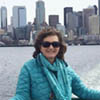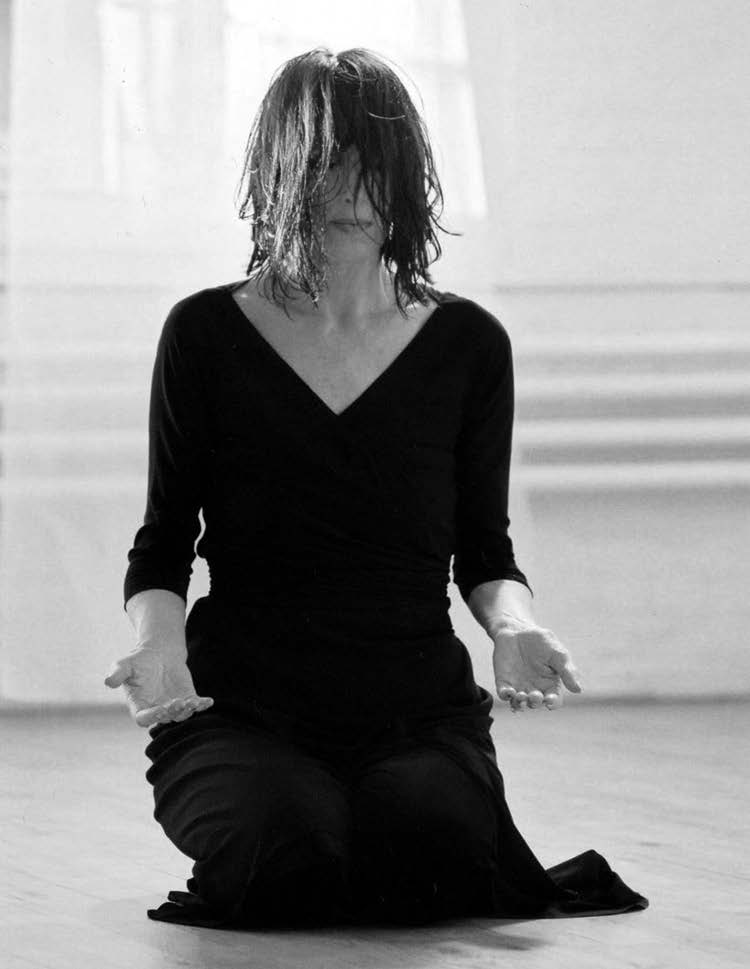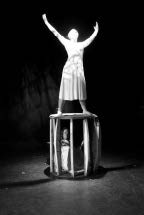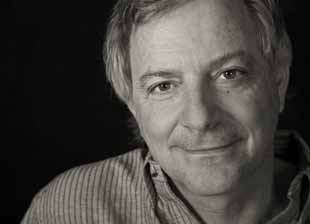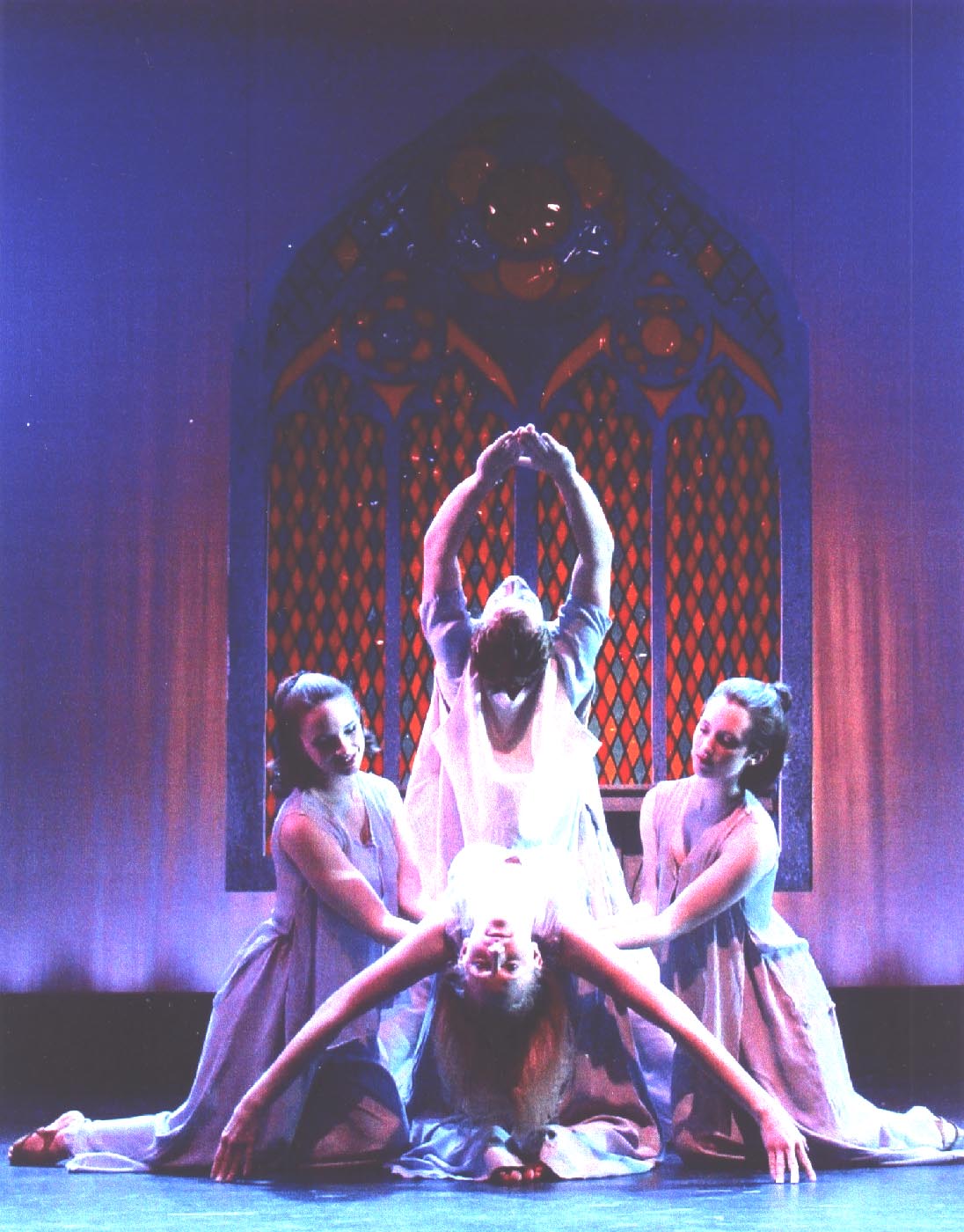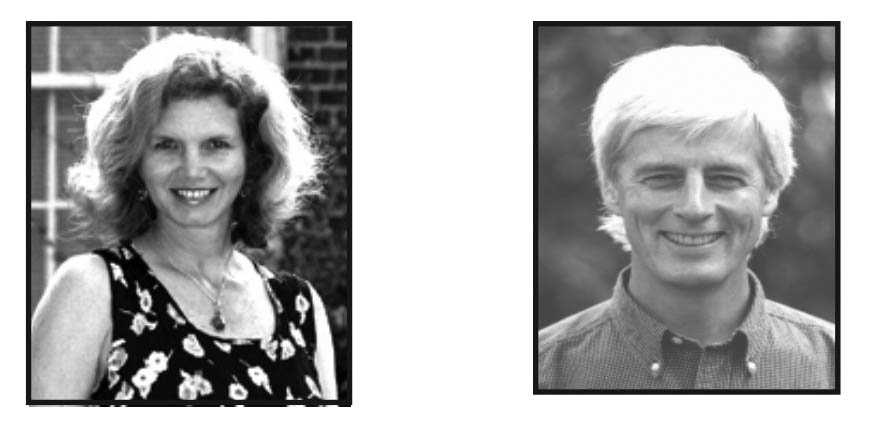
Dr. Bud Harris is a practicing Jungian analyst in Asheville, N.C. He has over 35 years experience as a psychotherapist, psychologist and Jungian analyst. Dr. Harris has a Ph.D. in counseling psychology and is a graduate of the C.G. Jung Institute in Zurich, Switzerland. You may learn more about Dr. Harris on his website www.budharris.com.
Jeanne Schul: I’d like to start by giving the readership a sense of your work. You’ve got a fairly new book out, The Fire and the Rose: The Wedding of Spirituality and Sexuality. But you’ve got another that has been re-released, right?
Bud Harris: That book is Resurrecting the Unicorn: Masculinity in the 21st Century* and it grew out of my thesis in Zurich. I began by working with a fairy tale and working through my own mother complex. This process evolved into an image of masculine energy that is viable, energizing and rewarding for me. That turned into a book. Interestingly enough, writing the book became the preparation for my exams.
The whole thing, in my mind, came from the Self originally and basically carried me through the whole program of becoming a Jungian analyst. I was talking to Aniella Jaffe about it one time and she was telling me how my Anima was involved in that, how my Anima had given me the outline of the book and how I needed to pay attention to that. So what I have done since that time is to try to listen carefully to my own inner voices and all of my books, I believe, have evolved from the Self as it wanted me to work through and develop an issue in my own life.
If we delve deeply enough into ourselves, we come to a common stream with other people and our work begins to ripple out and help more people in concert. My teaching focuses around the same thing. I don’t pick my topics, my topics pick me.
JS: So, you work with a very organic approach.
BH: Yes, but it takes a real strong effort on the part of my ego not to interfere with that process, because I have a strong and aggressive ego. I was a businessman and a college professor for a while. If I start letting those things grab hold of my creative work, then I start to lose the depth connection to it. For example, in Resurrecting the Unicorn there is a chapter on the Father, which led to my next book, The Father Quest.
JS: One thing that I’m wondering about, as I think of you working from the inside out, is this question: how do you arrive at the sense of self-knowledge that your Anima is giving you in the chapters to a book?
BH: I get there by listening and that means I have to be fierce enough to give myself time to listen; but if I’m not, I’ve worked enough with my unconscious to know it will get rowdy. In the first newsletter on my website, I tell about how I fell out of bed one night and hit my head... and that was my unconscious getting rowdy and telling me I had stopped listening and that I’d better start listening to my inner voices. I listen to my Anima and my Self best by journaling. I describe that process in my book, Sacred Selfishness; in fact, I have a whole chapter on that because it’s so very important. Of course there are a number of different ways you can journal: you can keep a diary or you can perseverate on whatever feelings you’re stuck in. What I want to do is look at the events in my day, the emotions that they brought up in me and really take time with them. I see the journal as an exercise in listening and in self-understanding. It’s very important and dynamic. I keep dreams mixed right in with the whole thing. Active Imagination is very beneficial. I get a lot of information from the inner voice through active imagination. And I’ll admit, ultimately, that Active Imagination was the hardest thing in Jungian psychology for me to get into. It took years of effort because I had all the defenses that everybody has. I thought: I’m just making this up. This is silly. But once I crossed that barrier, it has been invaluable to me.
JS: I’m wondering how your dreams play into that because in one of your books, befriending the dream is the closure to each of your sections, where you talk the reader through how to work with a dream or listen to them while you’re digesting the material. Can you give us a sense of how active imagination works for you or what you recommend when working a dream?
BH: Active imagination supports dreamwork for me after I have spent a significant amount of time with the dream: frequently just sitting with the dream, sitting with the images, sitting with the feelings, sitting with the landscape. James Hillman’s work helped me a lot with my thinking about this. I believe it’s so important to let the images live and develop before I start pursuing them with active imagination. It’s as if I’m getting to know them and getting to experience them as a part of me. Then, when I start Active Imagination with the dream image, I have developed a relationship with it. That’s Eros. Developing a relationship with a dream and its images is Eros; whereas analyzing it is Logos. I want to err on the side of Eros.
JS: It’s a very different frame in our culture. It’s not the usual masculine approach, I don’t think.
BH: What I’m going to talk about in my next lecture on complexes is how we always approach complexes from the position of Mars. We want to attack them, we want to overcome them, we want them banished, we want to fight them, we want to win; we lose sight of the fact that we are creating a war within ourselves. Whereas, when we approach them with Eros, it doesn’t mean we embrace them; but it means we get to know them before we try to decide whether we need to be aggressive with them or not.
JS: What can you tell us about the creative aspect of dreaming that you’ve experienced or witnessed?
BH: Dreams are always creative. They offer us the other side of the picture of how we are living that we don’t want to see and part of creativity is to challenge our conventional, normal perspectives. Dreams are meant to show us a reality that’s beyond what we think reality is. I’m very appreciative of that. Dreams connect us to the archetypes, as well. If we pursue or engage with the archetypes, that too will lead us to creative fountains beyond what we normally experience. Artists in their own way have channels to their creativity and, in some cases, to the archetypes. It’s a way to bring these things into being, to encounter the paradoxes in our lives even if it doesn’t necessarily make our egos any more conscious.
JS: Could you speak to those dreams of animals visiting us or specifically the snake images that you continue to explore in your books.
BH: I love the image of snakes! It always reminds me of Joseph Campbell talking about snakes on a video series with Bill Moyers. He talks about how every mythology in the world involving the fall of humankind involves a snake; he says “Snake did it,” every time! I think that snakes almost always call for transformation on a very basic, instinctual level, which always means at the level of the Self coming out... and this means it’s going to be very threatening to the ego. Also, snakes call for healing; when we repress transformation and deny our healing, then we may get threatening snake dreams. We can be in a snake pit. I think animals generally appear to tell us as something about our instinctual self, as you probably know.
JS: You talk about serpent energy as the desire and the longing for transformation.
BH: I begin the focus in my book on our culture, speaking to the place where advertising and marketing stimulates our desire for products and enchants us into a false life. In addition—in terms of cultural mores— the Calvinistic cloud that covers us all causes us to blindly repress many desires and eventually these can get us into trouble. But there is Serpent energy woven into all of our desires: Kundalini energy that is pushing for transformation, whether it’s conscious or not. Our desire, in general, whether it’s sacred or profane, Celestial Aphrodite or Aphrodite Pandemos, is meant to serve life. With the help of our increasing consciousness and our courage to experience it fully, it can evolve into a pursuit that will help us enlarge our lives, enlarge ourselves. Eventually, it can help us overcome demons in our personality and the limits of our own ego, which in turn, helps us experience the abundance of the Self.
JS: What kind of practice do you recommend to make that switch from the kind of primeval, primitive energy to a more conscious partnership with this Serpent energy?
BH: The first thing I recommend is to be fully engaged in life, which most of us aren’t. We hold back because we don’t want to make mistakes, we don’t want to be embarrassed, we don’t want to be ashamed. Personally, I would say first priority is to be fully engaged in life. The second thing is to begin to reflect on that life. If you’re not engaged, really there’s not that much to reflect on other than our malaise. My spiritual practices are journaling, turning to images from dreams and their stories, and Active Imagination. That’s what I do. That’s the second step. The third step is to take the results of that reflection and integrate it into your life as you’re living it.
JS: That’s the difficult part for most people.
BH: All too often—even in self-help books and psychological teachings— it’s mostly about the inside. We think that’s the end of it and we can live happily ever after. Well, the hard part comes next when we have to integrate it into our lives.
JS: I’m thinking of Robert Johnson’s approach to working with Active Imagination and one thing he stresses is don’t act this out. In other words, if you’re working with shadow material and you get in touch with it, you don’t want to rush out and do whatever it is you realize you want to do. So how do you suggest negotiating that, not acting out the shadow material but living into your dreams or living into the passionate engagement?
BH: Well acting it out is just compulsively doing something. It’s not integrating it because, to me, integrating means giving it conscious consideration and using it to expand your personality, then deciding how you’re going to use it in your life. For example, I get in touch with my anger. I was always taught to be a good boy and I found I backed up a lot of rage. I don’t want to go out and act out that rage. What I do want to do is work through the rage in my journal and active imagination and come to understand that anger has a positive side. It tells me when my boundaries have been violated. It tells me when I need to stand up for myself and when my situation needs to change. And I need to use it to fuel how I deal with these situations consciously, not unconsciously. I don’t need to go out and lose my temper. I need to learn how to be consciously angry and to even feel empowered by that.
JS: Sometimes, as I’m writing my dreams, it simply morphs into poetic form. Do you have any experience with this practice of writing poetry that grows out of dreams? I know that you talk a great deal about the poetic aspect of dreams.
BH: I love poetry. It’s very expressive... another way of forging a bridge between our ego and the depth of our inner world. I believe our inner world speaks to all of us who are willing to listen. If it comes out that way—if that’s the way your inner muse wants to be expressed—I would simply do it that way. Follow your muse.
JS: It is another way of creatively working with dreams.
BH: Yes. Most of all we are in a creative quest for silence. My wife and I are always pushing to have less busyness and less noise in our life. That doesn’t mean less work, but less of just the chatter of the world: fewer newspapers, less TV. The quietness invites the inner voice to be heard.
JS: One aspect of dreaming that holds a lot of interest for me is the voice in dreams. In Man and his Symbols, Jung is quoted as saying that you must attend the voices you hear in a dream. You can’t deny it. Often, I wake up with is just a powerful statement and it’s all I have of the dream. The voice echoes back years and years later. Do you have any strong feelings about specific voices in dreams?
BH: Yes, if we’re just writing the plot, we are really dishonoring the dream. We need to pay attention to it by looking at it seriously and tending our reflections on it. In terms of the voice, I would agree with Jung. If I hear a voice in a dream, you can bet I’m going to attend to it. That doesn’t mean I’m going to obey it, but I’m going to attend to it. I’m going to listen to it and I’m going to try to discern from whence it came. I might engage it in active imagination; I will take it very seriously. You may remember that at one point Jung had a dream in which he heard the voice of a woman telling him he should give up psychiatry and go to Paris and be an artist. He confronted that voice. He attended to it very seriously... but he didn’t obey it. That was the time when he was working on his Anima. He was struggling through a very dark period which is now revealed in the Red Book.
JS: Now that we have access to the Red Book, it affords us all the opportunity to witness Jung’s visual explorations of his dreams and his approach to Active Imagination. Thank you, Dr. Harris, for sharing your personal experience with dreams, as well as your expertise. I look forward to further conversations with you on this topic. ∞

Laura Hudson, while an interdisciplinary dance major at Berry College, did the initial transcription of the interview when she was working as a professor’s assistant to Dr. Schul.

